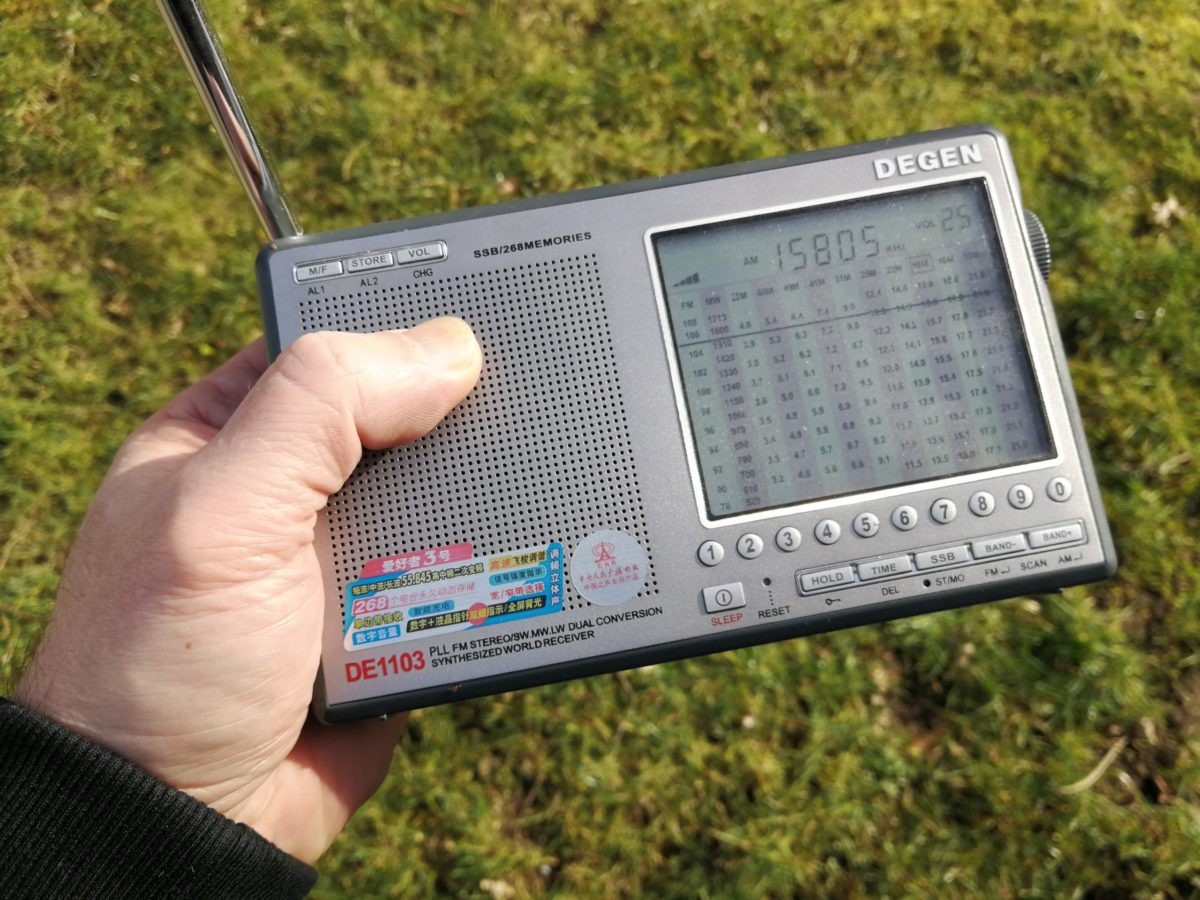
How many receivers are enough? :-)
This receiver is manufactured by italian Microtelecom, and probably still the best HF SDR on the market! It’s a software defined VLF-LF-MF-HF receiver based on an outstanding direct sampling digital architecture. It features a 14 bit 80 MS/s analog-to-digital converter, a high-performance FPGA-based digital down-converter and a high-speed 480 Mbit/s USB2.0 PC interface.

Perseus SDR Receiver
Perseus goes FM
The SDR-specific advantages that shortwavelistener enjoy for years already, have now become available to the ambitious FM-DXer also. The converter FMplus is a development especially for the FM broadcast band from 87.5 – 108 MHz.
This converter has now established itself as the ultimate workhorse for FM DXers. It can be operated in conjunction with any shortwave receiver that covers the frequency range of 0-40 MHz and provides appropriate bandwidths for Wide FM.
The full performance unfolds the FM+ through its software, which is based on the Perseus as a terminal:
The converter was designed especially for the Perseus. The software (part of the delivery) includes an outstanding Stereo Demodulator and an extremely sensitive RDS decoder for station identification. This separates the FM+ from all other converters.
An antenna for frequencies below 30 MHz can be connected to the converter. The signal will be passed to the Perseus when the converter is not in use.
The FM+ Software performs wide band stereo FM demodulation with RDS decoding of the tuned signal with overall features which are similar to the Perseus software application. The selectivity filter operates at 500 kS/s with a maximum IF bandwidth of 400 kHz and can be narrowed down to 20 kHz for FM DX operations. Three spectral views are available:
– RF (RF spectrum view, like in the Perseus software,
– MUX (demodulated stereo multiplex)
– RDS (showing the RDS signal spectrum if present).
Shown RDS data are station name, program type and PI code.
The ideal addition to the Perseus! Of course, the well known intuitive bandwidth setting using the mouse as well as broadband recordings of up to 1.6 MHz wide ranges are possible.
Technical Specifications (*)
Tuning Range: 87.5 ÷ 108 MHz
Noise Figure: 9 dB
Gain Flatness: ±1dB typ. (converter only)
Image Rejection: 80 dB (52 ÷ 70 MHz), 60 dB (70 ÷ 72.5 MHz)
Input P1: -5 dBm typ.
Input IP3: +8 dBm typ.
Clipping Level: -17 dBm (Perseus attenuator set to 0 dB)
Voltage Supply: +12 ÷ +13.6 VDC
Current Sink: 0.25 A
LO-FM Input Feedthrough: better than -65 dBm
HF In to RF Out Isolation: better than 90 dB (0 ÷ 30 MHz)
Operating Temperature Range: +5 to 40 °C
Content of delivery: FM+ hardware, FM+ software on CD w. license key, hollow plug for DC
(*) All specifications refer to the overall receiving system (FM+ and Perseus SDR) if not specified otherwise. System requirements: 2.5 GHz dual core processor, 1 GB RAM; Windows XP/7/8.x.
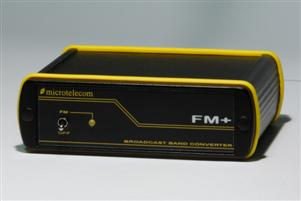
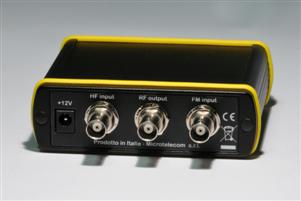
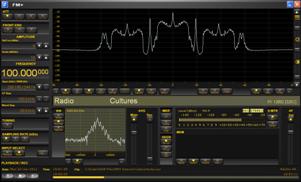
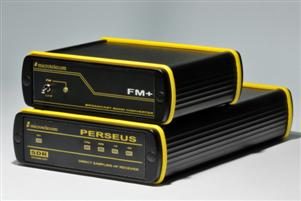

If you had the opportunity to look into the radio room of most ocean going commercial ships, chances are the integrated bridge, radar and Inmarsat equipment would be made by the Japan Radio Company. This company founded in 1915, is clearly the leading manufacturer of top quality commercial maritime radio communications equipment in the world. The JRC NRD-545 DSP is the latest receiver in this very long and very proud tradition. And the 545 may be the finest receiver they have ever offered. General HF coverage of 10 kHz to 30 MHz.
JRC NRD-72 Marine radio receiver manufactured from 1978 to 1982 by JRC/Japan Radio Corporation. Ltd., Tokyo. It covers the range between 100 kHz and 30 MHz.


COLLINS 51J-4 manufactured by Collins Radio Company, Cedar Rapids, Iowa, USA. It covers the range between 540 kHz and 30.5 MHz.
The Degen DE1103 is a small portable continuous coverage HF receiver and also covers the VHF broadcast band.
Frequency range: FM 76-108 MHZ (stereo using supplied headphones)
AM/SSB 100KHz-29.999KHz
Sensitivity: FM: 10uV or better / MW: 1mV or better / SW: 20uV or better
Size 165*105*29mm
Weight 300g (excluding batteries)
I mainly use it when traveling. It ao. went with me to Iceland for 2 ½ months in 2012.
